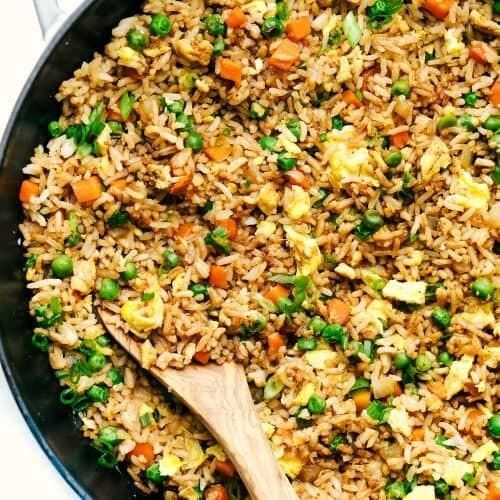- Home
- Travel news
- MICE business
- Country news
- Abu Dhabi
- Argentina
- Armenia
- Austria
- Azerbaijan
- Australia
- Bali
- Baltic
- Belgium
- Bolivia
- Botswana
- Brazil
- Budapest
- Cambodia
- Canada
- China
- Chile
- Colombia
- Costa Rica
- Croatia
- Cyprus
- Czech Republic
- Dubai
- Ecuador
- Egypt
- Finland
- France
- Germany
- Greece
- Hong Kong
- Iceland travel news
- India
- Ireland
- Israel
- Italy
- Japan
- Jordan
- Kazakhstan
- Kenya
- Lebanon
- Malaysia
- Malta
- Mauritius
- Mexico
- Montenegro
- Morocco
- Namibia
- Netherlands
- New Zealand
- Oman
- Panama
- Peru
- Poland
- Portugal
- Russia
- Qatar
- Saudi Arabia
- Scandinavia
- Scotland
- Senegal
- Serbia
- Singapore
- Slovenia
- South Africa
- Travel news South Korea
- Spain
- Switzerland
- Travel news Tanzania and Zanzibar
- Thailand
- Tunisia
- Turkey
- Ukraine
- United Kingdom
- USA
- Uzbekistan
- Vietnam
- West Africa
- Zambia and Zimbabwe
- Useful links
- Sports events calendar
- Contact/contribute

What’s cooking? World recipes

The earliest record of fried rice is found in the Sui dynasty (589–618 CE). Though the stir-frying technique used for fried rice was recorded in a much earlier period, it was only in the late Ming dynasty (1368–1644 CE) that the technique became widely popular.
Fried rice is believed to have started as a way to accommodate leftovers. Traditionally, Southern Chinese prefer their rice polished and plain, as a base staple to eat with meat and vegetables. The vegetables, meat and rice leftovers from the day before—which have passed their prime but are still good to consume, and too good to be fed to animals—are seasoned with soy sauce, lard and garlic, and stir-fried, making a hot meal.
The basic elements of Chinese fried rice include rice, meat and vegetables, soy sauce and garlic. A number of fried rice recipes have been developed in China, such as Yangzhou and Sichuan fried rice. Leftover cooked rice among the Cantonese is commonly made into fried rice, prepared with chopped vegetables and meat. It is believed[by whom?] that the basic stir-fried technique to cook fried rice, which required Chinese wok, spread from Southern China to other rice farming cultures in East and Southeast Asia.
Ingredients and preparation
File:Fried Rice In China.webm
Cooking Chinese fried rice video for a Western audience
The basic elements of Chinese fried rice are cooked rice—preferably leftovers from the previous day, meat and vegetables—possibly also leftovers, mixed with egg, soy sauce and garlic for flavour and seasoning, also cooking oil for greasing; either using lard, vegetable oil or sesame oil. The oil and soy sauce grease and coat the rice grains, thus preventing them from burning and sticking to the cooking vessel. Sometimes chopped scallion, ginger, chili pepper and mushroom, also diced processed pork are added into the mixture. All ingredients are stir-fried on a strong fire using a Chinese wok cooking vessel, and the rice is turned, stirred and agitated using a spatula to evenly cook the rice and distribute the seasoning.
INGREDIENTS
Nutrition
3⁄4cup finely chopped onion
2 1⁄2 tablespoons oil
1egg, lightly beaten (or more eggs if you like)
3drops soy sauce
3drops sesame oil
8ounces cooked lean boneless pork or 8 ounces chicken, chopped
1⁄2cup finely chopped carrot (very small)
1⁄2cup frozen peas, thawed
4cups cold cooked rice, grains separated (preferably medium grain)
4green onions, chopped
2cups bean sprouts
2tablespoons light soy sauce (add more if you like)
DIRECTIONS
Heat 1 tbsp oil in wok; add chopped onions and stir-fry until onions turn a nice brown color, about 8-10 minutes; remove from wok.
Allow wok to cool slightly.
Mix egg with 3 drops of soy and 3 drops of sesame oil; set aside.
Add 1/2 tbsp oil to wok, swirling to coat surfaces; add egg mixture; working quickly, swirl egg until egg sets against wok; when egg puffs, flip egg and cook other side briefly; remove from wok, and chop into small pieces.
Heat 1 tbsp oil in wok; add selected meat to wok, along with carrots, peas, and cooked onion; stir-fry for 2 minutes.
Add rice, green onions, and bean sprouts, tossing to mix well; stir-fry for 3 minutes.
Add 2 tbsp of light soy sauce and chopped egg to rice mixture and fold in; stir-fry for 1 minute more; serve.
Set out additional soy sauce on the table, if desired.
If you’ve never tried it please make sure to ask for it when you travel to China
spotted in www.food.com

More about our Facebook Group

Private Facebook group
for the travel industry
Travel Talks Platform Group
5.8k members
Travel Talks Platform for the travel industry
Follow the travel news – Traveltalksplatform is the number 1 news site to stay updated on amazing travel facts, the latest news, events, incentive ideas, MICE news, job opportunities and shows.
Specially composed for the travel industry, you will find the latest travel facts at your fingertips.

The latest airline news, hotel news, cruise news and MICE news in your inbox:
Stay updated about
the latest travel news worldwide
Copyright © 2021 e-motions international
disclaimer:
We assume no responsibility or liability for any errors or omissions in the content of this site. The information contained in this site is provided on an "as is" basis with no guarantees of completeness, accuracy, usefulness or timeliness.